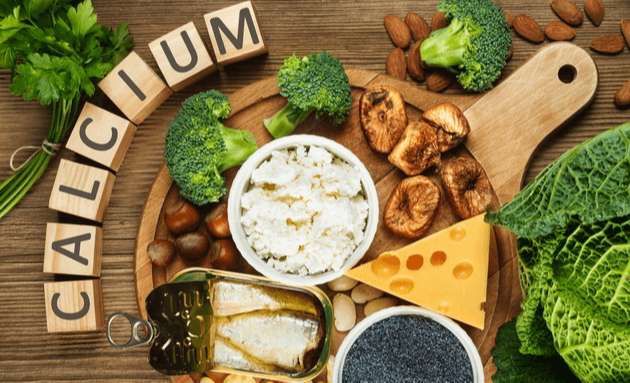How Osteoporosis Affects Women

Osteoporosis is a condition which causes a progressive decrease in bone mass and tissue. This renders the bones fragile. With a loss in bone mass and strength, bones fracture easily and take inordinately long to heal; in extreme cases may not heal.
Osteoporosis has negligible external signs and is often diagnosed when there is a fracture primarily in areas like the hip, spine and wrist. Both men and women can suffer from osteoporosis but research titled ‘Gender Disparities in Osteoporosis’ suggests that ‘osteoporosis is four times more common in women than in men. Women above 50 years of age, often have a higher risk of developing osteoporosis.
Why Osteoporosis Affects More Women Than Men
Here are a few reasons why women are generally more susceptible to osteoporosis than men.
-
Estrogen’s Role
Estrogen or Oestrogen is a female hormone that performs an essential part in preserving bone density. It is also present in men though in smaller amounts and helps the bones in the process of growth and maturation. After menopause (around 45-55 years), oestrogen levels in women drop significantly. The sudden fall in oestrogen makes bone mass drop rapidly. A bone may lose approximately 25% of its mass ten years after menopause, making it susceptible to breakage due to osteoporosis.
-
Age
Bones begin developing at an early age and reach peak bone mass around the age of 18-20 years. Women are known to have smaller frames, thinner and less dense bones than men. A lot of the lower bone mass can also be attributed to poor nutritional diets in adolescence which lack adequate calcium. As women age, their bones tend to get weaker, making them prone to osteoporosis.
-
Low Muscle Mass
Weighing less than 57 kg or having a thin frame can heighten the impact of osteoporosis. Often women have lower muscle mass than men and may also become frail early. This increases their risk of developing osteoporosis-related fractures.
Why is Calcium Important?

Doctors suggest adequate calcium intake in the adolescent years because that is the time when the bones develop. However, having a calcium-rich diet at any age can help maintain bone health. The calcium intake as per the US-based National Osteoporosis Foundation’s guidelines for women recommends the following
| Age | Recommended Calcium Intake per day |
| 9-18 years | 1,300 mg |
| 19-50 years | 1,000 mg |
| 51 and Older | 1,200 mg |
Milk and dairy products, whole grains, soya, cereals (especially ragi), chicken, eggs and fish are the most easily available sources of calcium. Consulting a doctor or nutritionist can help chart out a proper diet plan. When combined with sufficient Vitamin D intake, which helps the body absorb calcium, bones remain strong, preventing the onset of osteoporosis. Physical activities are known to strengthen bones and considerably decrease the chances of fracture.
A bone mineral density test called DEXA (Dual-Energy X-ray Absorptiometry) detects decreasing bone mass. Women over the age of 50 should talk to their doctor about this test to know their chances of suffering osteoporosis-related fractures.






